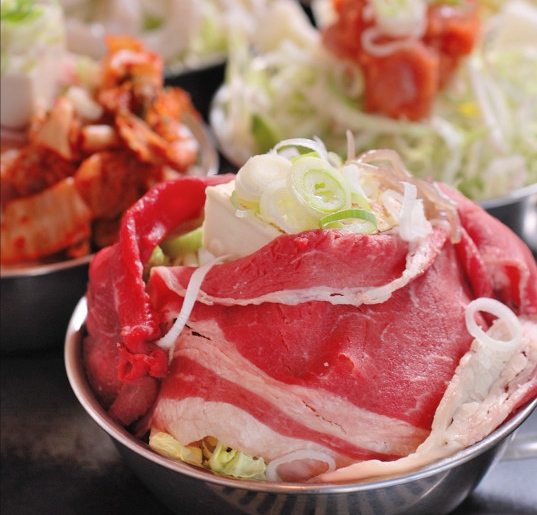
When people think of Japanese food, most think of sushi, sashimi or even some of the more popular Japanese comfort foods like okonomiyaki or udon noodles. If you’re a tourist, however, you’ve likely never experienced one of Tokyo’s most popular dishes: monjayaki. But don’t feel bad; even some Japanese people who don’t live in the Tokyo metropolitan area (75 percent of the population) have never tasted it. This is one reason why Tsukishima Monjadori, a street with over 100 monjayaki restaurants, ranks in the top five sight-seeing spots in the capital for Japanese tourists (FYI, the other four are Harajuku, Tokyo Disneyland, Odaiba and Tusukiji Fish Market).
Monjayaki is simple but complicated: it has just a few easy ingredients and can be made in under three minutes yet it requires instructions to make, and even eat, properly. It helps to know, for example, that monja is not usually eaten with chopsticks, and that there’s a good reason why.
Read on to learn more about this unexpectedly delicious fare: watch a how-to video showing you how to make it, check out photos that show you how to eat it, and get tips from a master monjayaki chef.
I first met monjayaki chef Yasutami Ōhashi (who goes by “Tommy”) when I came to Japan in 1994. At that time he was running a restaurant in Okayama City called “Hibachi,” where he served a varied menu of Japanese izakaya favorites such as braised fish, gyoza, and edamame, accompanied by lots of draft beer. Tommy cooked in the middle of the restaurant, surrounded by a counter which could seat up to 20 customers. Whenever you went into Hibachi, he’d immediately introduce you to the person sitting next to you giving both parties just enough information about each other to pique a conversation. Tommy knew that getting people to talk to each other was central to creating a friendly atmosphere where people would want to come back not just for the great food, but also to socialize.
▼Master chef Tommy Ōhashi is going to teach us how to make monjayaki.
In November of 1999, Tommy became the first person to introduce monjayaki to Okayama through his restaurant called Taiyo no Jidai (太陽の時代). It was so successful, he now has four restaurants, (two in Okayama City, one in Kurashiki, and one in Takamatsu) all specializing in monjayaki.
Taiyo no jidai means “sunny era” and refers to the new century we were about to enter when he started his endeavor. “People were trepidatious about the new century,” said Tommy. “They were worried about Y2K and some thought the world was going to end! I wanted people to be happy and optimistic about the future so I called my restaurant Taiyo no Jidai so people would have something bright to look forward to in the new year and the 21st century.”
Ingredients
Although the ingredients for monjayaki vary, Tommy treated me to three different dishes he makes at Taiyo no Jidai: 1. mentaiko (cod roe) & mochi 2. seafood & green onions 3. eggplant & cheese. These each arrived in separate metal bowls.
Underneath the main ingredients in the bowl were shredded cabbage and a liquid made by combining wheat flour (komugiko) and fish broth (dashi). “Monjayaki first became popular after WWII, ” Tommy explains, “because during the war when food was scarce, the easy mixture of flour and dashi was a cheap way for families to eat.” He then gave me his first tip to making tasty monja.
Tip #1: To make the best monjayaki, use the highest quality flour.
▼Tommy uses the same flour used to make cakes.
Next, he gave me a plate and one special utensil: a tiny spatula.
▼Plate and small spatula, called a moji-bera which means “word spatula.”
▼The teppan grill, the same as is used for okonomiyaki, is embedded in the middle of the restaurant table.
“Pencils and paper were also hard to come by during the war so children used the grill like a chalkboard to practice writing their letters in the flour and water mixture” Tommy said while pouring the mentaiko and mochi mixture onto the heated plate. “They’d draw letters with the small spatula. This is why the spatula is called moji-bera, or ‘word spatula.'”
With the monja on the grill, it is now time to use two bigger spatulas to beat it up! With a spatula in each fist, you cut up the ingredients rapid-fire by pounding the spatulas onto the grill thereby cutting up the ingredients (see video for action shot).
And Rocketeers, you can rejoice because this is one time when it’s okay to play with your food–in fact, it’s encouraged! Monja is surely the only Japanese food that allows you to get rid of stress, practice your drumming, and hone your culinary skills all while at the dinner table!
▼Go ahead, get your stress out, practice your drum roll!
When the ingredients are chopped small enough to make the monja a runny liquidy paste, let it rest to cook on the grill. After several more minutes, it’ll still be gooey but this time it’ll be ready to eat.
▼Monja on the grill, finished cooking and ready to eat!
You’ve probably noticed that monja is not very aesthetically pleasing: it would not win a culinary beauty contest. You could even say it looks kind of, well, sick. If you’ve ever gotten drunk on shots of tequila, you know what I mean. This unappealing visual was a big barrier for me the first time I ate monja. So I tried eating it with my eyes closed, which helped. But I eventually overcame the association with drunken tequila nights by thinking of dogs. Yes, dogs. When dogs throw up, they eat their vomit. Some people say this is instinct, but I don’t think so. I think dogs eat their vomit because…it’s delicious!
Monjayaki tastes best when it is piping hot, so eat it straight off the teppan plate with the moji-bera. There is a special technique, which brings us to Tommy’s second tip.
Tip No. 2: The proper way to eat monja is to pull off a portion with the moji-bera and press down on it to get the piece to stick to your spatula…
Then turn over the spatula and put it straight in your mouth.
The plate is there only if you need it, such as when the monja has been sitting too long on the grill and is burning and you want to get it off the grill quickly. Speaking of burning, Tommy has another tip for us now.
Tip No. 3: Don’t waste the okuge! It tastes good with beer.
▼Okuge is the burnt stuff on the hot plate, located around the perimeter of the liquid.
The fun in monjayaki is definitely in the creation of it on the grill and sharing the food among friends and family.
Here is a video of the entire process, which even shows you when and how to add the flour and dashi liquid:
Now you know how to make the perfect monjayaki. But Tommy has another tip for us!
Tip No. 4: You can make dessert monja!
This is a specialty of Taiyo no Jidai restaurant, and isn’t available anywhere else that I know of, but Tommy shows us that the same technique can be used to make a delicious strawberry dessert.
▼Strawberries and cream is just one of the dessert monja served at Taiyo no Jidai.
▼Yep, you’re gonna throw that beautiful concoction straight onto the grill!
▼And mix it and beat it up just like regular monja.
All that’s left to do is eat it with the moji-bera. The warm dessert melts in your mouth and tastes just like it has been baked in the oven–amazing!
There you have it, straight from the master chef who brought monjayaki to Okayama and started us all off with a sunny monjayaki 21st century. So Rocketeers, get to work making your own monja and be sure to let us know if you come up with something original and amazing that we just have to try!
Taiyo no Jidai has four restaurant locations in Western Japan:
Okayama Prefecture:
3-13-56 Omote-Cho, Okayama City 700-0822
1-17-2 Aoe Kita-ku, Okayama City 700-0941
619-2 Shimosho, Kurashiki City, 701-0112
Kagawa Prefecture:
4-20 Kajiyamachi,
Two Feet Bldg,
2F, Takamatsu 760-0028
Feature image courtesy of Taiyo no Jidai. All other images © Amy Chavez/RocketNews24

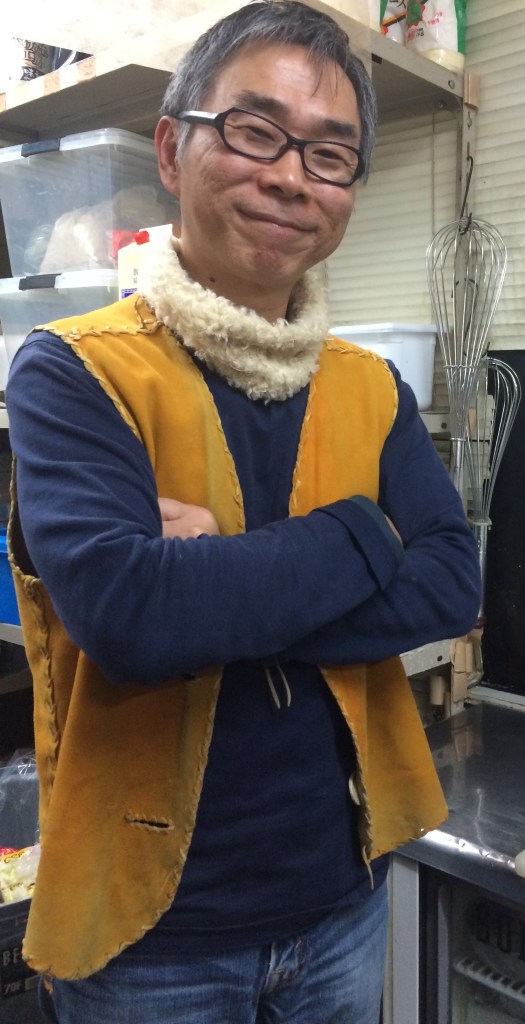

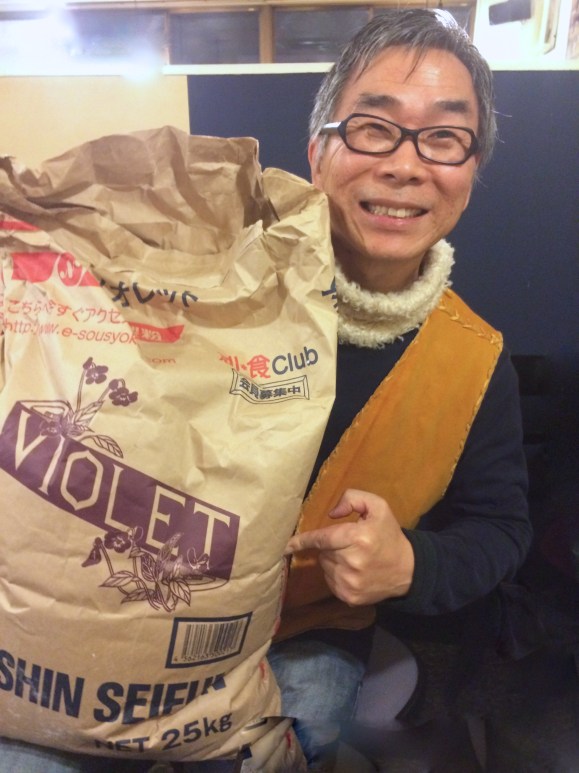
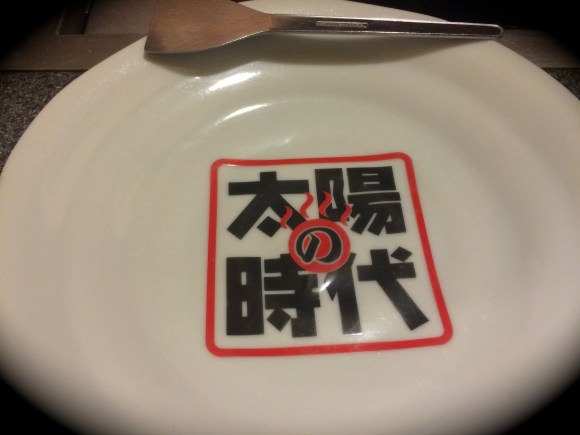

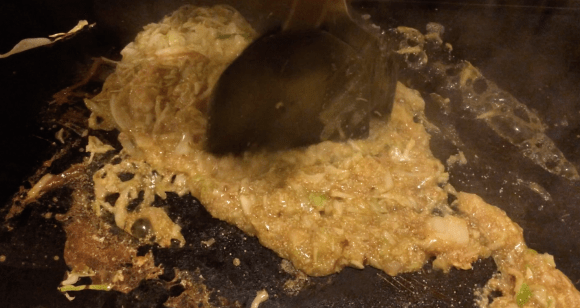
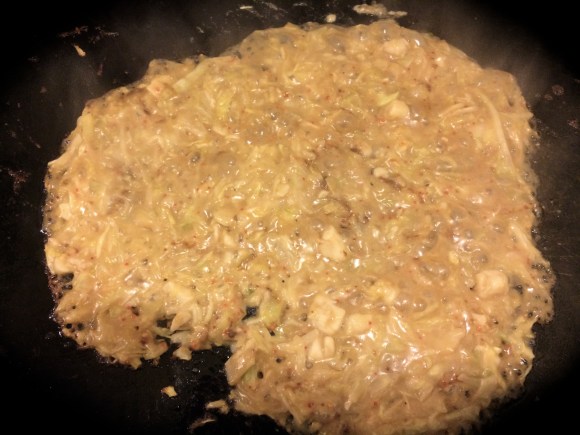
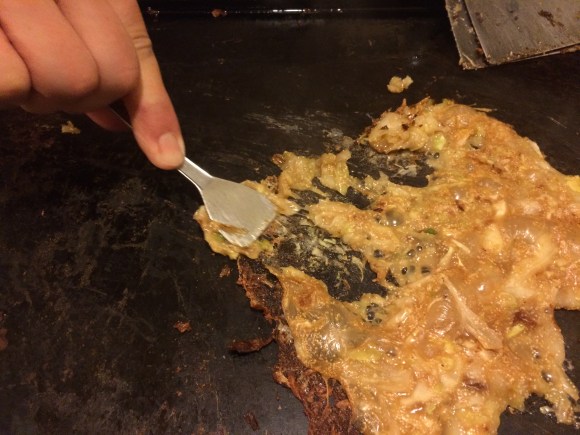
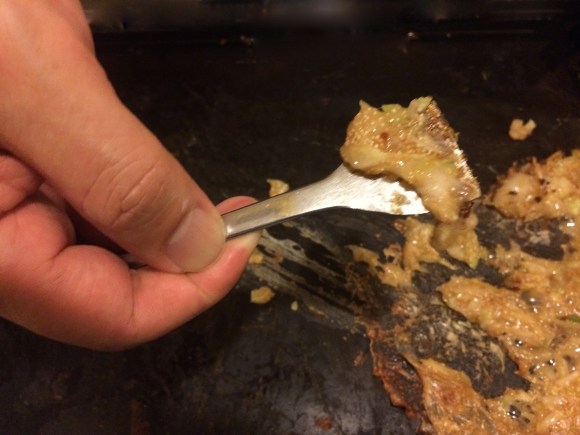
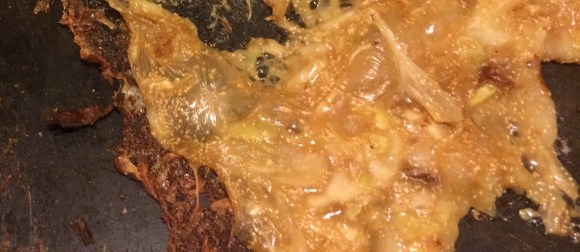
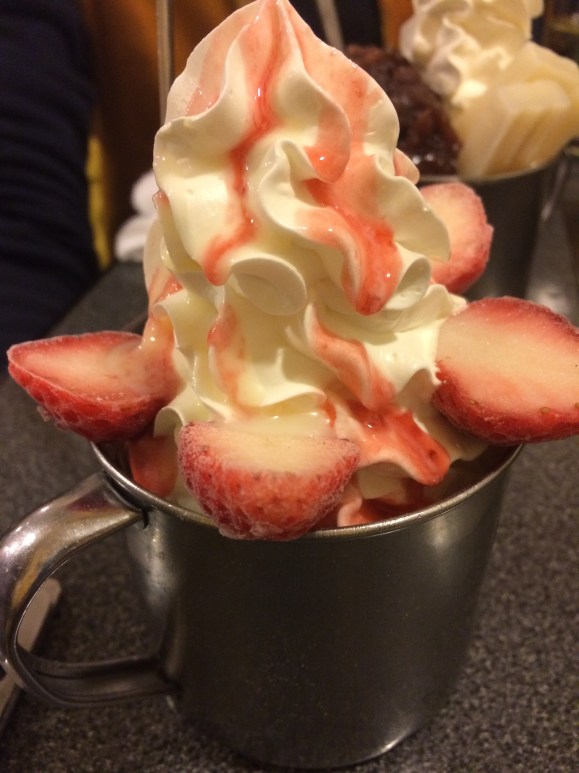

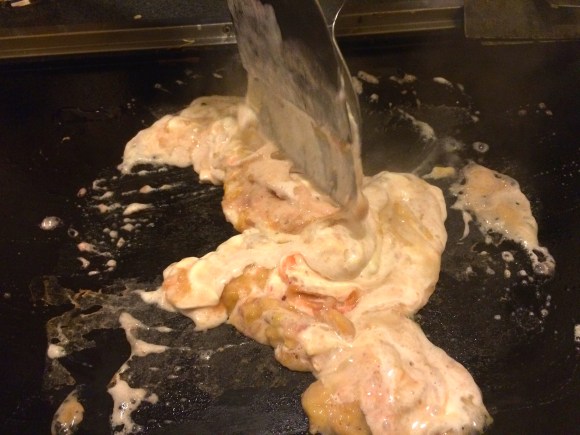
 Monjayaki vending machine appears in Tokyo
Monjayaki vending machine appears in Tokyo How to make okonomiyaki at home【SoraKitchen】
How to make okonomiyaki at home【SoraKitchen】 How to make your own Pikachu Burgers!【RocketKitchen】
How to make your own Pikachu Burgers!【RocketKitchen】 Celebrate Halloween with our recipe for jack-o’-lantern nikuman steamed buns【RocketKitchen】
Celebrate Halloween with our recipe for jack-o’-lantern nikuman steamed buns【RocketKitchen】 Frozen marshmallow cream: Just two ingredients, at least as good as ice cream 【RocketKitchen】
Frozen marshmallow cream: Just two ingredients, at least as good as ice cream 【RocketKitchen】 Ramen restaurant’s English menu prices are nearly double its Japanese ones, denies discriminating
Ramen restaurant’s English menu prices are nearly double its Japanese ones, denies discriminating Here’s what our bachelor writers ate over the New Year’s holiday in Japan
Here’s what our bachelor writers ate over the New Year’s holiday in Japan Nearly one in ten young adults living in Japan isn’t ethnically Japanese, statistics show
Nearly one in ten young adults living in Japan isn’t ethnically Japanese, statistics show Rakuten randomly offers 58 New Year’s osechi feasts in Japan, but did we get a star or a dud?
Rakuten randomly offers 58 New Year’s osechi feasts in Japan, but did we get a star or a dud? What makes a good boss in Japan? Workers sound off in survey
What makes a good boss in Japan? Workers sound off in survey Japanese beef bowl chain Sukiya’s 2026 Smile Box lucky bag basically pays for itself
Japanese beef bowl chain Sukiya’s 2026 Smile Box lucky bag basically pays for itself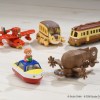 New Studio Ghibli die-cast anime cars on their way, even if neither one is really a car【Pics】
New Studio Ghibli die-cast anime cars on their way, even if neither one is really a car【Pics】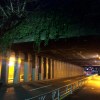 We investigate Sendagaya Tunnel and get a message from beyond【Haunted Tokyo】
We investigate Sendagaya Tunnel and get a message from beyond【Haunted Tokyo】 U.S.A. now the fastest-growing market for Japan’s high-tech toilets, now selling quicker than ever
U.S.A. now the fastest-growing market for Japan’s high-tech toilets, now selling quicker than ever Burger King Japan’s Ugly Burgers go head-to-head in a battle for flavour
Burger King Japan’s Ugly Burgers go head-to-head in a battle for flavour Starbucks Japan ready to get Year of the Horse started with adorable drinkware and plushies【Pics】
Starbucks Japan ready to get Year of the Horse started with adorable drinkware and plushies【Pics】 Hayao Miyazaki says Happy New Year to Studio Ghibli fans with new art for Year of the Horse
Hayao Miyazaki says Happy New Year to Studio Ghibli fans with new art for Year of the Horse Cup Noodle tries an authentic Jiro-style ramen, but something’s not quite right
Cup Noodle tries an authentic Jiro-style ramen, but something’s not quite right Top Japanese cosplayer Enako returns to Comiket after 6 years, creates mayhem with admirers
Top Japanese cosplayer Enako returns to Comiket after 6 years, creates mayhem with admirers The best Starbucks Japan Frappuccinos we want to drink again in 2026
The best Starbucks Japan Frappuccinos we want to drink again in 2026 We revisited Sweets Paradise after a decade to see if Japan’s dessert buffet still delivers
We revisited Sweets Paradise after a decade to see if Japan’s dessert buffet still delivers That time Seiji called JASRAC to ask why he didn’t get paid royalties for his song being on TV
That time Seiji called JASRAC to ask why he didn’t get paid royalties for his song being on TV Pizza Hut Japan’s hot lucky bags are perfect for a New Year’s pizza party
Pizza Hut Japan’s hot lucky bags are perfect for a New Year’s pizza party Majority of Japanese mayors say foreign residents are essential but most see good and bad effects
Majority of Japanese mayors say foreign residents are essential but most see good and bad effects 7-Eleven Japan starts new temporary luggage storage service in over 300 branches
7-Eleven Japan starts new temporary luggage storage service in over 300 branches Disillusionment at Tsukiji’s tourist-target prices led us to a great ramen restaurant in Tokyo
Disillusionment at Tsukiji’s tourist-target prices led us to a great ramen restaurant in Tokyo Starbucks teams up with 166-year-old Kyoto doll maker for Year of the Horse decorations【Photos】
Starbucks teams up with 166-year-old Kyoto doll maker for Year of the Horse decorations【Photos】 Tokyo considering law requiring more trash cans following litter increase in heavily touristed area
Tokyo considering law requiring more trash cans following litter increase in heavily touristed area Tokyo’s Tsukiji sushi neighborhood asks tour groups to stay away for the rest of the month
Tokyo’s Tsukiji sushi neighborhood asks tour groups to stay away for the rest of the month Tokyo event lets you travel back in time, for free, to celebrate 100 years since Showa era start
Tokyo event lets you travel back in time, for free, to celebrate 100 years since Showa era start Japan may add Japanese language proficiency, lifestyle classes to permanent foreign resident requirements
Japan may add Japanese language proficiency, lifestyle classes to permanent foreign resident requirements Sanrio theme park in Japan announces plans to expand into a Sanrio resort
Sanrio theme park in Japan announces plans to expand into a Sanrio resort Lacquerware supplier to emperor of Japan and Pokémon team up for new tableware
Lacquerware supplier to emperor of Japan and Pokémon team up for new tableware Survey asks foreign tourists what bothered them in Japan, more than half gave same answer
Survey asks foreign tourists what bothered them in Japan, more than half gave same answer Japan’s human washing machines will go on sale to general public, demos to be held in Tokyo
Japan’s human washing machines will go on sale to general public, demos to be held in Tokyo Japan’s deadliest food claims more victims, but why do people keep eating it for New Year’s?
Japan’s deadliest food claims more victims, but why do people keep eating it for New Year’s? We deeply regret going into this tunnel on our walk in the mountains of Japan
We deeply regret going into this tunnel on our walk in the mountains of Japan Studio Ghibli releases Kodama forest spirits from Princess Mononoke to light up your home
Studio Ghibli releases Kodama forest spirits from Princess Mononoke to light up your home Major Japanese hotel chain says reservations via overseas booking sites may not be valid
Major Japanese hotel chain says reservations via overseas booking sites may not be valid Put sesame oil in your coffee? Japanese maker says it’s the best way to start your day【Taste test】
Put sesame oil in your coffee? Japanese maker says it’s the best way to start your day【Taste test】 No more using real katana for tourism activities, Japan’s National Police Agency says
No more using real katana for tourism activities, Japan’s National Police Agency says Starbucks Japan reveals new sakura drinkware collection, inspired by evening cherry blossoms
Starbucks Japan reveals new sakura drinkware collection, inspired by evening cherry blossoms Updated cherry blossom forecast shows extra-long sakura season for Japan this year
Updated cherry blossom forecast shows extra-long sakura season for Japan this year
Leave a Reply